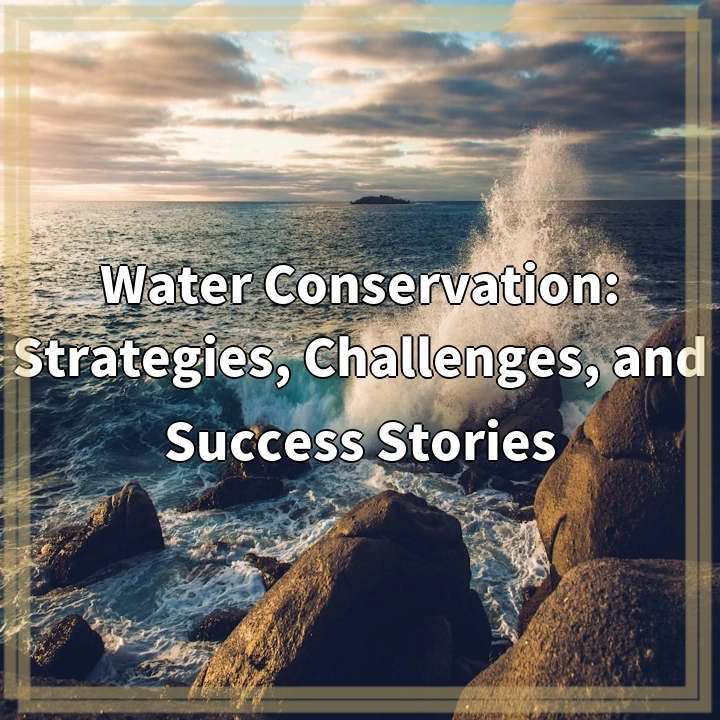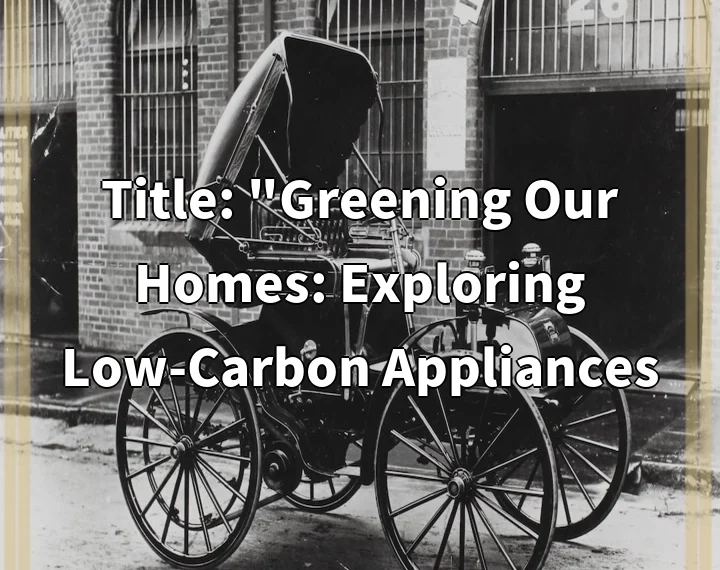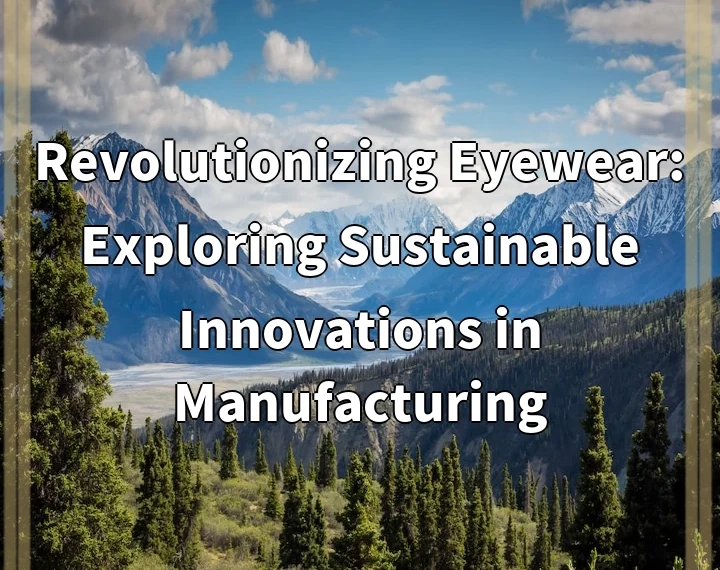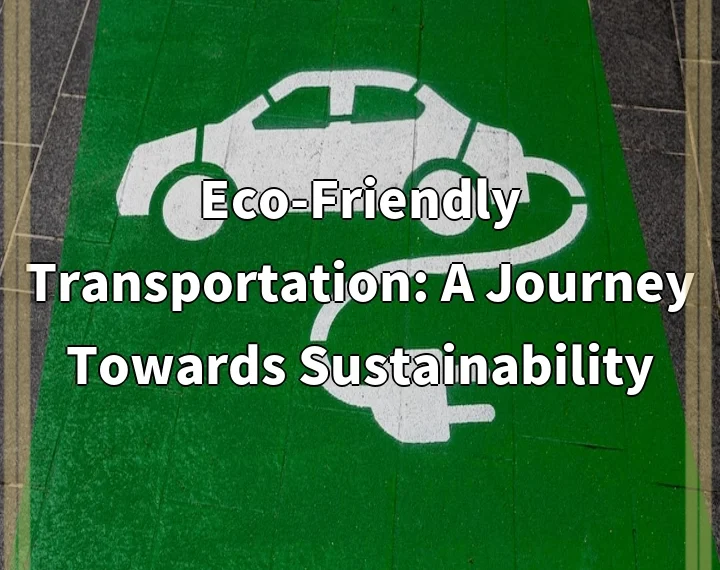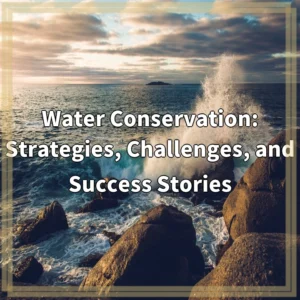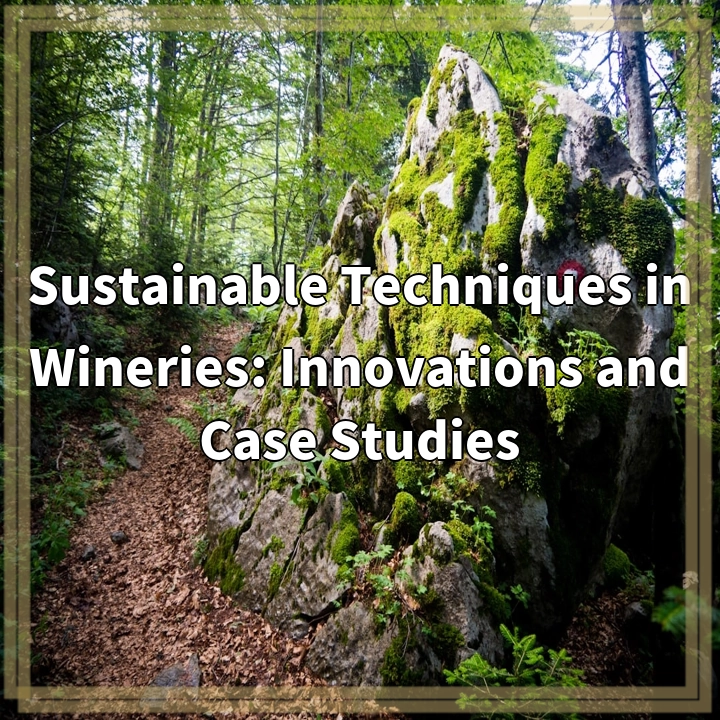
What it is:
Sustainable techniques in wineries refer to the practices and innovations that wine producers implement to minimize their environmental impact while maximizing the quality of their products. This approach encompasses a variety of methods, from organic farming and water conservation to renewable energy use and waste reduction. The goal is to create a more sustainable vineyard ecosystem that can produce high-quality wine without depleting natural resources or harming the environment.
Key Innovations in Sustainable Winemaking
Many wineries are adopting innovative methods to support sustainability. These include using cover crops to promote soil health, implementing integrated pest management (IPM) to control pests naturally, and utilizing drip irrigation systems to conserve water. Additionally, some wineries are harnessing solar or wind energy to power their operations, reducing reliance on fossil fuels and lowering carbon emissions.
Certification and Standards
Various certification programs, such as organic and biodynamic certifications, help wineries demonstrate their commitment to sustainable practices. These certifications provide guidelines and standards that wineries must meet to ensure their methods are environmentally friendly, further promoting consumer awareness and trust in sustainably produced wines.
Real-World Problems
Despite the advancements in sustainable techniques, wineries face several real-world challenges. One significant issue is climate change, which can alter grape growing conditions and affect harvest yields. Increased temperature fluctuations and extreme weather events can lead to unpredictable growing seasons, impacting the quality and quantity of wine produced.
Resource Limitations
Water availability is another critical concern for wineries, especially in regions prone to drought. Sustainable practices, while helpful, may not be sufficient if water resources are severely limited. As competition for water increases, wineries must find innovative ways to conserve and manage this vital resource effectively.
Economic Pressures
Implementing sustainable techniques can also present economic challenges. While many sustainable practices can lead to long-term savings, the initial investment can be prohibitively high for smaller wineries. Balancing sustainability with economic viability remains a significant hurdle in the industry.
Consumer Awareness and Demand
Lastly, there is the challenge of consumer awareness. Although demand for sustainable products is growing, not all consumers understand the importance of these practices or are willing to pay a premium for sustainably produced wines. Educating consumers about the benefits of sustainable winemaking is essential for fostering a supportive market environment.

Solutions for Sustainable Techniques in Wineries
To address the challenges faced by wineries seeking to implement sustainable techniques, a multifaceted approach is necessary. These solutions focus on innovative practices, resource management, economic strategies, and consumer engagement to promote sustainability in the wine industry.
Embracing Innovative Practices
Wineries can adopt cutting-edge technologies and methods that enhance sustainability. This includes implementing smart irrigation systems, using precision agriculture tools, and applying renewable energy sources. By investing in these innovations, wineries can optimize resource use and reduce their environmental impact.
Water Conservation Strategies
To combat water scarcity, wineries can adopt comprehensive water management strategies, such as rainwater harvesting and advanced irrigation techniques. Scheduling irrigation based on precise climate data and soil moisture levels will further conserve this vital resource.
Economic Support and Collaboration
Wineries, especially smaller operations, can benefit from financial support programs that offset the costs associated with sustainable practices. Collaborating with local governments and environmental organizations can also foster community support and shared resources to implement sustainable initiatives.
Educating Consumers
Raising awareness about the importance and benefits of sustainable winemaking practices is essential. Wineries can engage consumers through educational campaigns, tours, tastings, and transparent labeling to highlight their sustainability efforts. This can help to create a more informed consumer base that values and supports environmentally friendly wines.
Building a Community of Sustainability
Finally, developing a collaborative community among wineries can promote the sharing of best practices and resources. Participating in sustainability-focused organizations and events can help wineries learn from one another, share successful strategies, and collectively address industry challenges.




